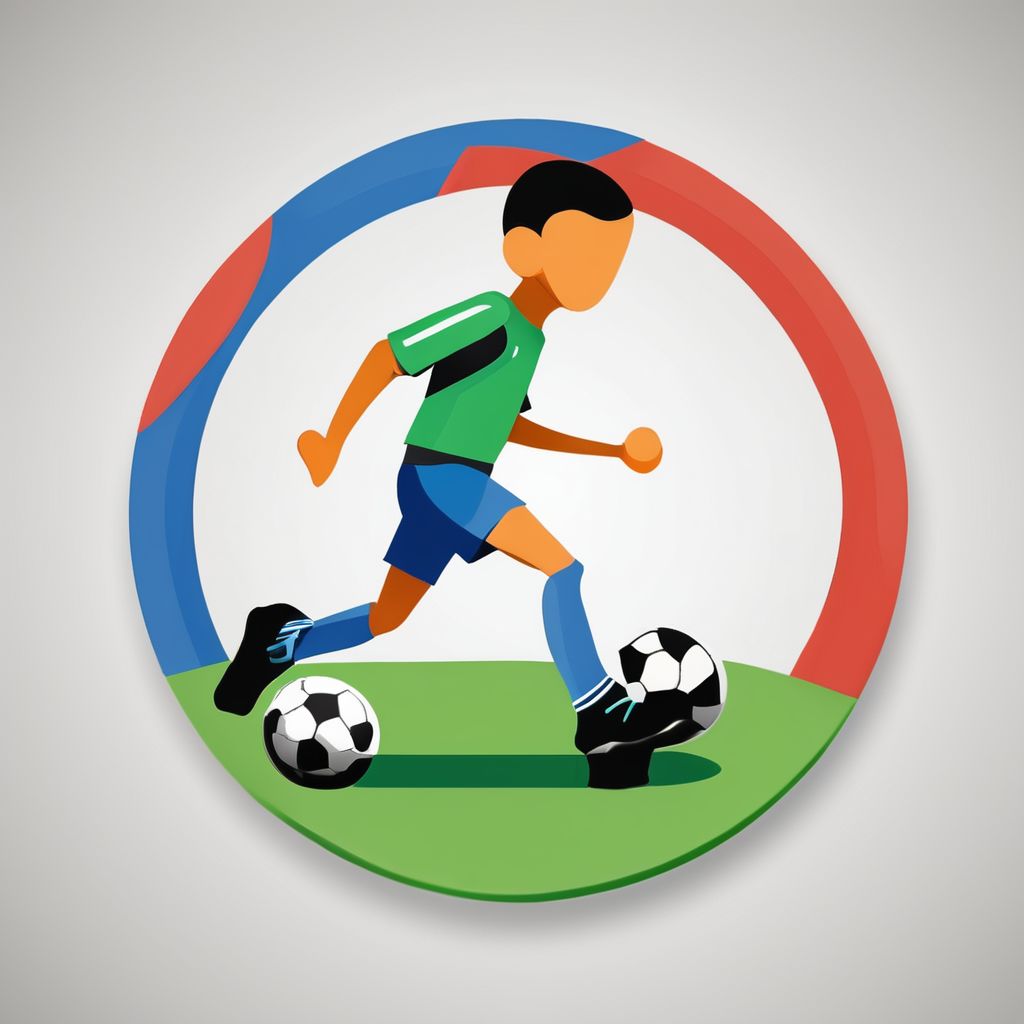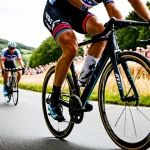Core challenges for UK athletes in less popular sports
UK athletes competing in less popular sports face significant hurdles that can impact their careers and performance. One of the foremost challenges for UK athletes is limited funding and financial constraints. Unlike mainstream sports, these athletes often receive minimal financial support from governing bodies and sports councils, making it difficult to cover training, equipment, travel, and competition expenses.
Another pressing difficulty is the lack of sponsorship deals and commercial partnerships. This scarcity of financial backing restricts access to resources that could enhance training quality and career progression. Sponsors tend to focus on high-profile sports, leaving less popular disciplines struggling for visibility and support.
Also to see : How do UK universities contribute to the growth of niche sports?
Moreover, reduced media attention and exposure compounds these issues. Media outlets allocate fewer resources and airtime to less publicized sports, limiting public awareness and, consequently, interest and investment. This underexposure creates a cycle where low visibility leads to fewer opportunities for financial support and growth.
For UK athletes in these fields, overcoming these UK sports challenges requires persistent advocacy for better funding models and innovative ways to increase public engagement and sponsorship appeal.
In parallel : How Can We Elevate the Profile of Lesser-Known Sports in the UK?
Infrastructure and resource limitations
Limited sports facilities pose a significant challenge to athlete development. Many aspiring athletes struggle with the scarcity of high-quality training venues designed to meet professional standards. Without adequate space and equipment, training efficiency diminishes, directly impacting performance potential.
Access to expert coaching plays a crucial role in refining skills, yet experienced coaching staff are often in short supply. This shortage limits personalized guidance, tactical training, and technique correction, all essential for progress. The absence of seasoned coaches means athletes must rely on generalized instruction, which may not address individual needs.
Beyond physical locations and coaching, access to advanced training resources, such as specialized gym apparatus or recovery tools, remains constrained. Medical support, including sports physiotherapy and injury management, frequently lacks availability, delaying treatment and prolonging recovery times. Together, these factors form a resource gap that hampers comprehensive athlete development.
Addressing these limitations requires targeted investment to expand and upgrade sports facilities, recruit qualified coaching personnel, and integrate sophisticated training technologies and medical support. Only then can athletes receive the holistic development environment essential for reaching their full potential.
Impact on athlete career progression and opportunities
Small sports federations often face significant challenges that affect the athlete career path. With restricted pathways to professional status, many athletes find their journey stalled early. Limited funding and fewer competitions reduce the chances for athletes to showcase their talent on a larger stage. This lack of international exposure can hamper their visibility to scouts and professional teams, decreasing professional opportunities.
Athletes in these federations also struggle with balancing their sports commitments alongside work or education. Unlike their counterparts in larger federations with better support systems, they frequently juggle multiple responsibilities. This situation creates barriers for sustained sports development, as athletes may need to prioritize stable income or education over rigorous training and competition.
Such constraints slow down talent progression, preventing even the most skilled athletes from reaching their full potential. Without regular, high-level competitions and adequate resources, the athlete’s growth curve flattens. Improving pathways and creating more support mechanisms could transform these challenges into opportunities, allowing athletes to thrive despite the limitations of smaller federations.
Perspectives from UK athletes in niche sports
Delving into athlete perspectives reveals the unique realities faced by those competing in UK niche sports. These athletes often navigate limited funding, scarce media exposure, and fewer sponsorship opportunities compared to mainstream sports. Many UK niche sports practitioners describe their journeys as a balancing act between passion and financial sustainability.
Personal experiences from interviews highlight a strong sense of community and resilience. Athletes frequently express pride in representing lesser-known disciplines, despite challenges such as inadequate training facilities or lack of national recognition. These insights underscore an unwavering commitment to their sports, driven more by love than commercial gain.
Struggles commonly mentioned include juggling full-time work alongside intense training schedules and coping with lower public awareness. Still, many UK niche sports athletes find motivation in pioneering their fields and setting foundations for future competitors. Such stories not only illustrate individual determination but also the broader sporting ecosystem’s need for enhanced support structures.
Understanding these athlete perspectives provides clarity on why raising visibility and resources for UK niche sports is crucial. These personal experiences shape not only their careers but also opportunities for wider engagement and growth within their sporting communities.
Support systems and emerging solutions
Supporting athletes effectively hinges on robust support systems involving multiple stakeholders. In the UK, government initiatives such as funding schemes play a critical role in providing athlete funding UK—these programs ensure financial stability while athletes focus on training and competition. For example, national lottery funds and sport-focused grants are allocated to promising talent across disciplines.
National sports organisations act as pivotal intermediaries, managing funds and offering essential resources. They collaborate closely with charities that specialize in athlete welfare and development, creating a network that supplements government efforts. These organisations not only provide financial support but also access to coaching, medical care, and career planning services.
Emerging solutions include innovative funding models like athlete-led crowdfunding and private sponsorship partnerships. These methods expand traditional funding channels, enabling athletes to gain more control over their financial support. Athlete-driven movements also advocate for improved conditions and transparency in funding distribution, fostering a more sustainable support environment. Together, these evolving structures signal promising enhancements in how athletes receive the support needed to thrive.

